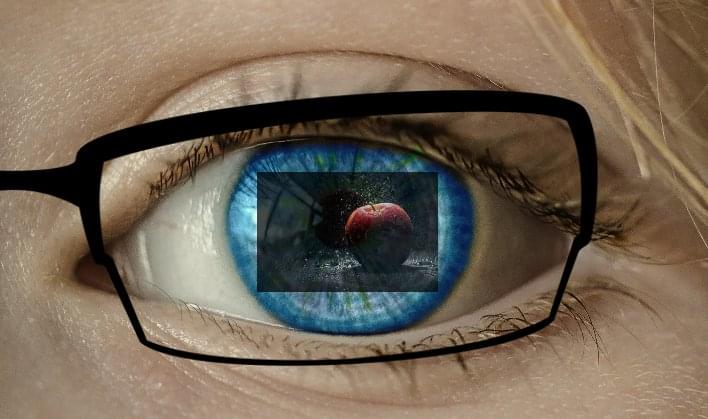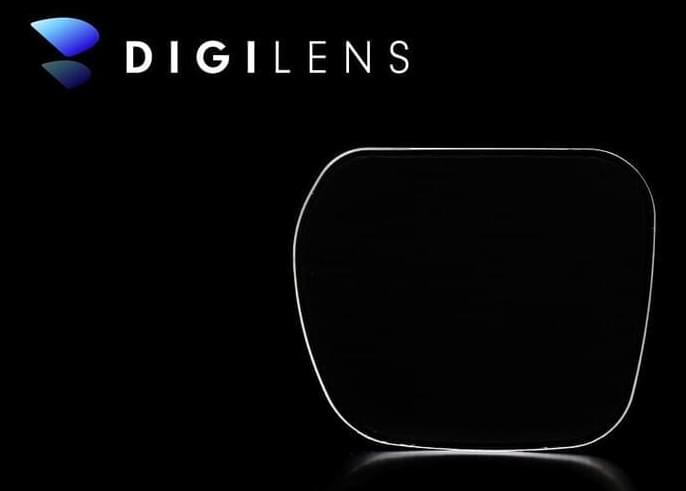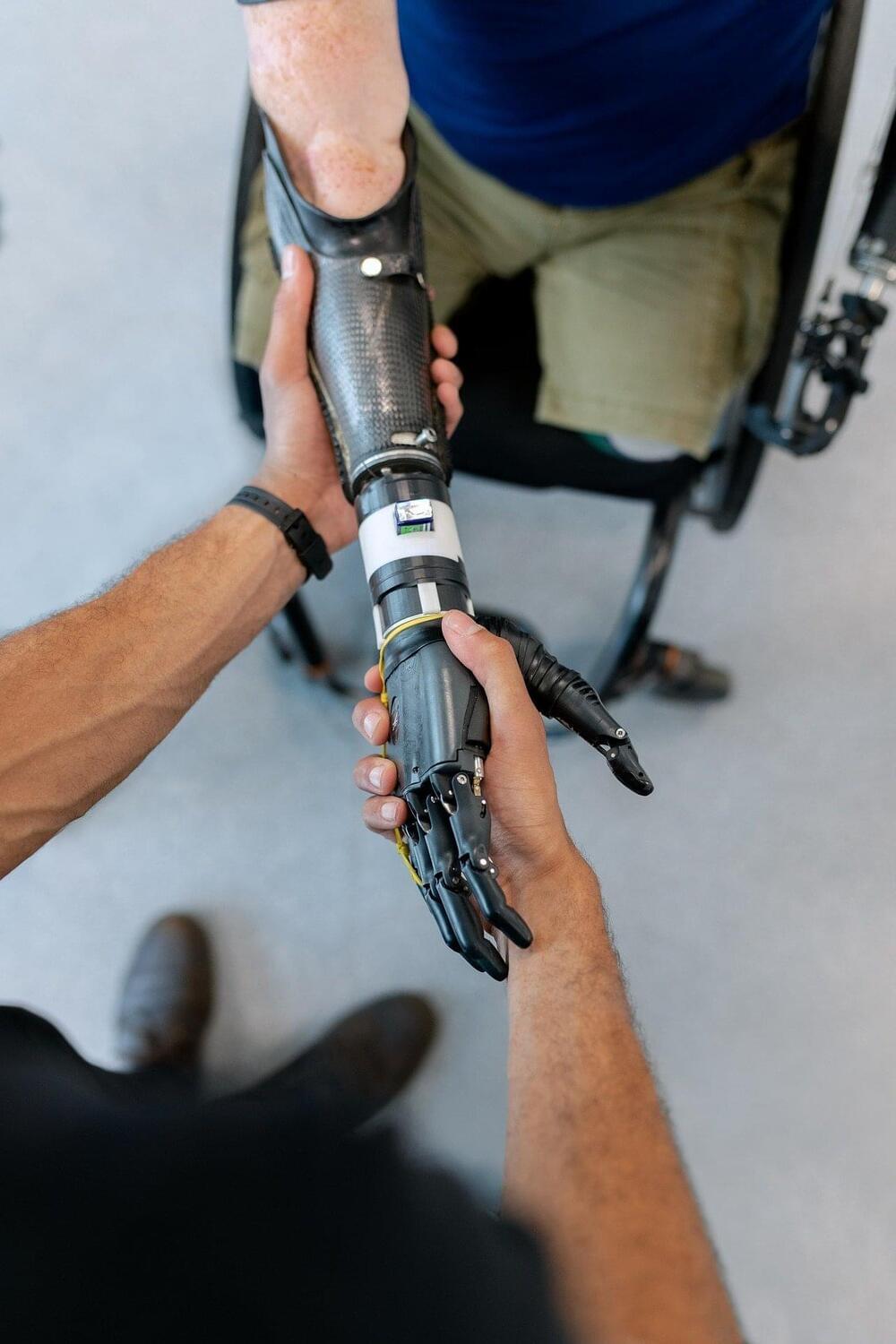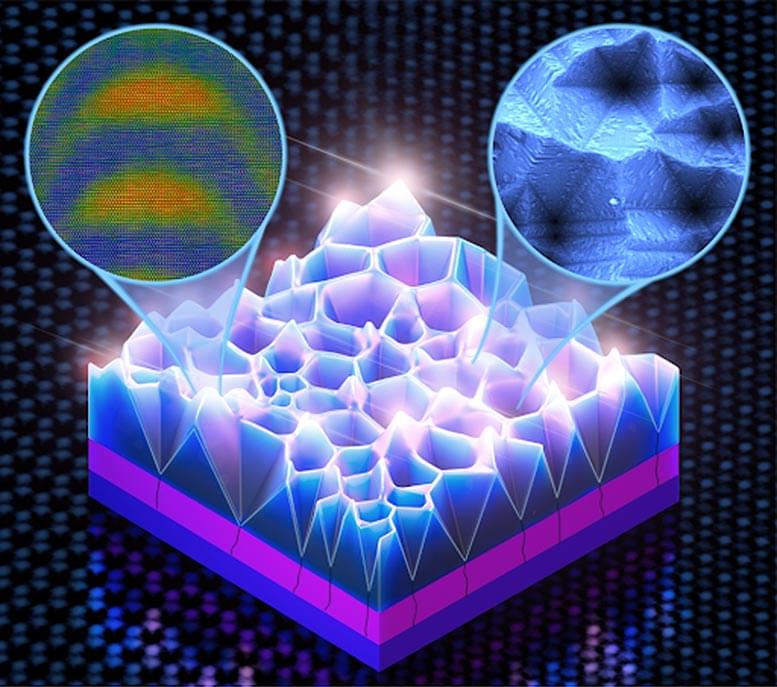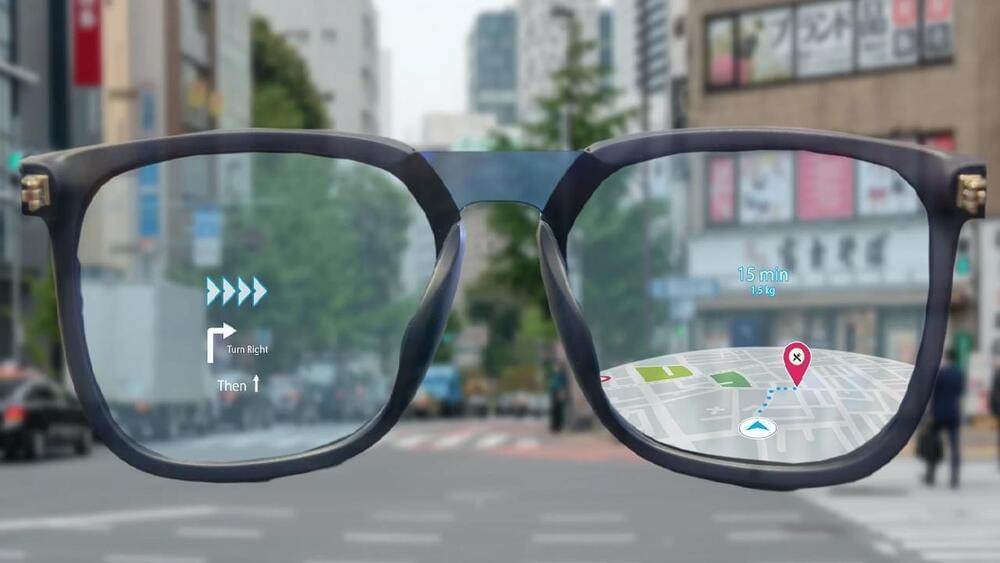Apple is looking into how it may change how you view AR (augmented reality) altogether…literally. Instead of projecting an image onto a lens, which is viewed by someone wearing an AR headset or glasses, Apple envisions beaming the image directly onto the user’s eyeball itself.
Apple recently unveiled its upcoming lineup of new products. What it did not showcase, however, was revealed in a recent patent—Apple is shown researching how it can change how we see AR and the future of its “Apple Glass” product, if one comes to exist. The patent reveals how Apple intends to move away from the traditional way of projecting an image onto a lens, to projecting the image directly onto the retina of the wearer. This will be achieved through the use of micro projectors.
The issue that Apple is trying to avoid is the nausea and headaches some people experience while viewing AR and VR (virtual reality). The patent states the issue as “accommodation-convergence mismatch,” which causes eyestrain for some. Apple hopes that by using its “Direct Retinal Projector” it can alleviate those symptoms and make the AR and VR realm accessible for more users.
